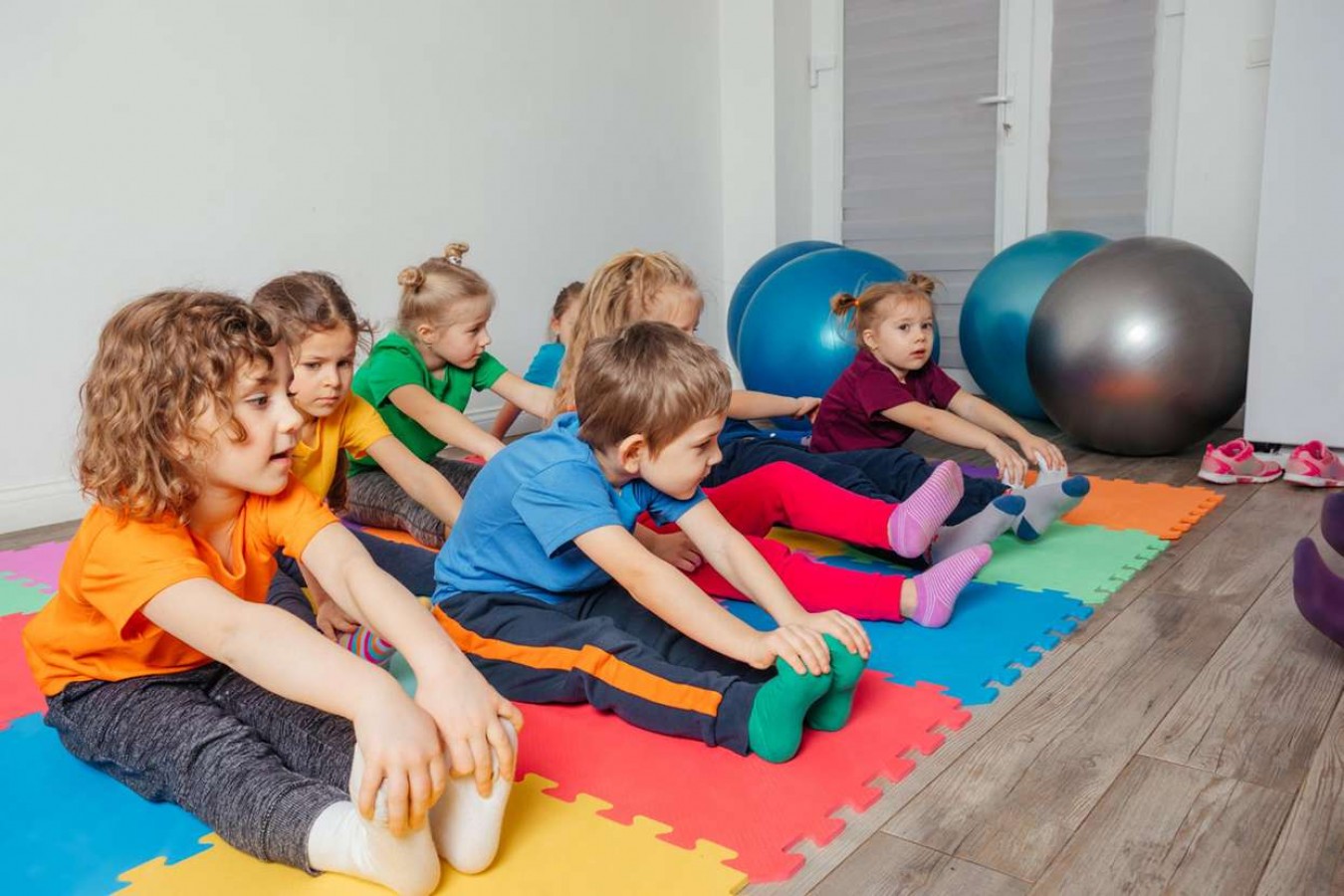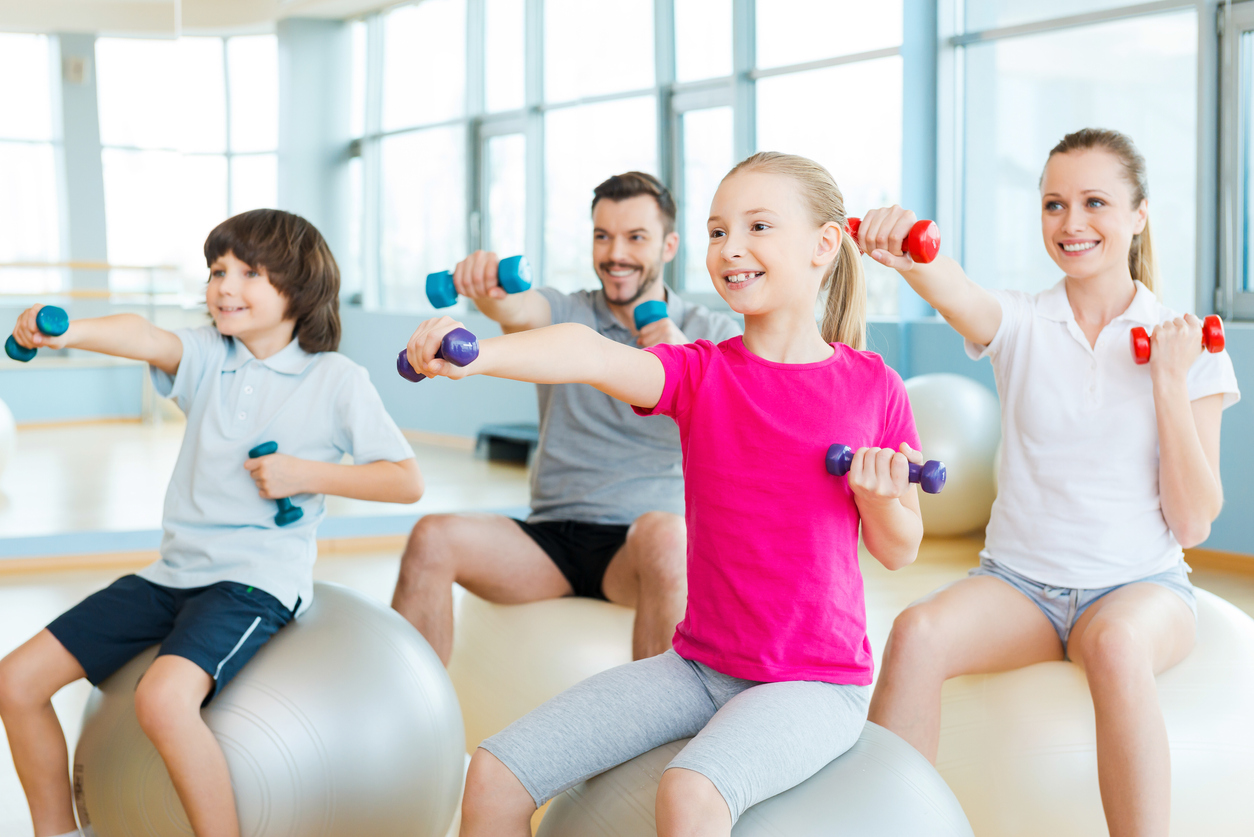The Importance of Physical Education for Children in the USA: Exploring Diverse Sports Experiences
The Importance of Physical Education for Children in the USA: Exploring Diverse Sports Experiences
Physical education is an essential part of a child’s overall development, promoting not only physical fitness but also social skills, teamwork, and discipline. In the United States, schools and community programs emphasize a variety of sports experiences to keep children active and engaged. In this post, we will discuss the significance of physical education and explore popular sports activities that enhance children's physical and emotional well-being.
1. Why Physical Education Matters
Engaging children in physical activities through organized sports and fitness programs offers a multitude of benefits. Here are some key reasons why physical education is crucial:
- Physical Health: Builds strength, flexibility, and cardiovascular endurance.
- Mental Well-being: Reduces stress and promotes emotional stability.
- Social Interaction: Enhances teamwork and cooperation among peers.
- Skill Development: Improves coordination, balance, and motor skills.
- Self-Discipline: Encourages dedication and perseverance through regular practice.
2. Popular Sports Activities for Children in the USA
2-1. Team Sports
- Soccer: Enhances cardiovascular fitness and coordination.
- Basketball: Develops hand-eye coordination and agility.
- Baseball/Softball: Teaches strategic thinking and teamwork.
- Football: Builds strength, speed, and strategic play.
Benefits of Team Sports
- Teamwork and Cooperation: Learn to work towards a common goal.
- Communication Skills: Foster clear and supportive interactions.
- Leadership Development: Opportunities to take on roles such as team captain.
2-2. Individual Sports
- Tennis: Improves hand-eye coordination and endurance.
- Gymnastics: Builds flexibility, strength, and body control.
- Swimming: Enhances endurance and promotes full-body fitness.
- Track and Field: Boosts speed, agility, and cardiovascular health.
Why Individual Sports Matter
- Self-Discipline: Fosters personal responsibility and commitment.
- Goal Setting: Encourages personal growth through tracking progress.
- Confidence Building: Achieving personal records boosts self-esteem.
2-3. Recreational and Adventure Sports
- Rock Climbing: Builds upper body strength and problem-solving skills.
- Martial Arts: Teaches self-defense, respect, and discipline.
- Cycling: Increases endurance while exploring nature.
- Dance and Aerobics: Promotes rhythm, coordination, and social interaction.
The Fun Factor
- Variety Keeps It Interesting: Trying new sports maintains motivation.
- Adventure Activities: Foster a spirit of exploration and challenge.
3. How to Encourage Physical Activity at Home
3-1. Family Fitness Challenges
- Step Count Competitions: Track daily steps and set family goals.
- Home Obstacle Courses: Set up simple courses in the backyard.
- Dance-Offs: Enjoy family dance battles to stay active.
3-2. Incorporating Physical Activity into Daily Routines
- Walk or Bike to School: Whenever possible, choose active transportation.
- Active Play Time: Dedicate time to outdoor games like tag or jump rope.
- Household Chores: Turn cleaning into a fun physical activity.
3-3. Virtual Sports and Fitness Apps
- GoNoodle: Dance and movement videos for kids.
- Just Dance: Interactive dancing game that gets everyone moving.
- PE with Joe: Home workout videos designed for kids.
4. Technology to Support Physical Education
4-1. Fitness Tracking Apps
- Fitbit for Kids: Track steps and active minutes.
- Garmin Vivofit Jr.: Encourages movement through fun challenges.
4-2. Online Classes and Videos
- Cosmic Kids Yoga: Yoga and mindfulness designed for children.
- Nike Training Club: Offers kid-friendly workout routines.
4-3. Virtual Team Sports Platforms
- Esports for Coordination: Some games enhance reflexes and strategic thinking.
- Interactive Sports Simulations: Use VR to practice sports skills indoors.
5. Tips for Parents to Encourage Active Lifestyles
5-1. Lead by Example
- Stay Active Together: Plan regular family outings like hiking or biking.
- Be a Cheerleader: Attend your child’s games and practices.
5-2. Make It Fun
- Focus on Enjoyment: Choose activities that your child genuinely likes.
- Celebrate Small Wins: Acknowledge efforts and achievements.
5-3. Create a Supportive Environment
- Accessible Equipment: Have sports gear readily available at home.
- Involve Friends: Invite peers to join sports sessions.
6. Final Thoughts
Physical education is not just about keeping children fit; it’s about building lifelong habits of wellness and teamwork. By exposing kids to various sports and activities, parents can help them discover their passions and develop both physical and emotional resilience. Start exploring local sports programs and encourage active play today!
Related Keywords
Physical education USA, children's sports activities, benefits of team sports, building physical fitness in kids, American youth sports programs
Amazon best seller







Comments